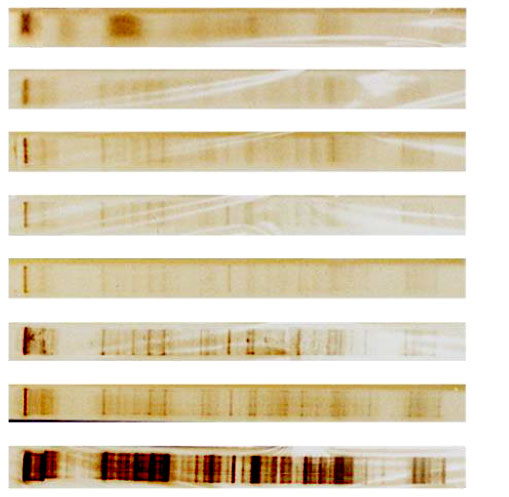A growing body of observations and modeling studies indicate that halogen radicals, particularly the chlorine radical and related species, can play a significant role in urban atmospheric chemistry, Chlorine radicals can be produced by the photodissociation of chlorinated species, gas-phase chemical reactions involving HCl or chlorocarbons, or heterogeneous reactions of particulate chloride. Although chlorine in particulate matter is generally in the form of unreactive chloride, a variety of heterogeneous and multi-phase reaction processes can lead to the conversion of particulate chloride into gas-phase, reactive chlorine species. The two dominant processes for this conversion include aqueous-phase chemical reactions of dissolved gases and acid displacement. Short-duration measurements made during NOAA’s Utah Winter Fine Particulate Study (UWFPS) in 2017 discovered that up to 15% of the PM2.5 mass was composed of ammonium chloride during winter air pollution events. The UWFPS field experiment also indicated that significant coarse-mode particulate chloride might be present as well. The source of the fine- and course-mode particulate chloride is currently unknown.
The overall goal of this proposal is to utilize data previously-collected by UDAQ and the PI to characterize the prevalence and temporal variations of particulate chloride in the urban environment. A secondary goal is to use source apportionment modeling to identify potentially significant sources of particulate chloride. Although this project specifically addresses RFP Goal #3 (Physico-Chemical PM Composition), it also touches on RFP Goal #4 (Emission Inventory Improvements) and RFP Goal #2 (PM2.5 Formation and Precursor Gases) through its focus on reducing the uncertainties associated with a key halogen species (i.e., chlorine).
Specific tasks necessary to complete the project goals include:
- Analyze available PM10 filters from the Hawthorne, Lindon, and Bountiful monitoring sites to determine the prevalence and temporal variations of coarse particulate chloride.
- Use existing size-resolved elemental composition measurements to determine the temporal variation of particulate chloride particle size distributions.
- Determine the chemical composition of road salt variants and brine solutions used by the Utah Department of Transportation (UDOT).
- Perform source apportionment modeling of particulate chloride.
The proposed study is intended to significantly reduce uncertainties regarding the temporal, spatial, and particle size distributions of particulate chloride. It will also identify the dominant sources of this important halogen. These results will provide important emission inventory constraints for future air quality modeling efforts performed by UDAQ and others.
- Principal Investigator: Kevin Perry (University of Utah)
- Study Period: July 1, 2021 – December 31, 2022
- Funded by Science for Solutions Research Grant: $75,735
- DAQ Contact: Chris Pennell (cpennell@utah.gov)


